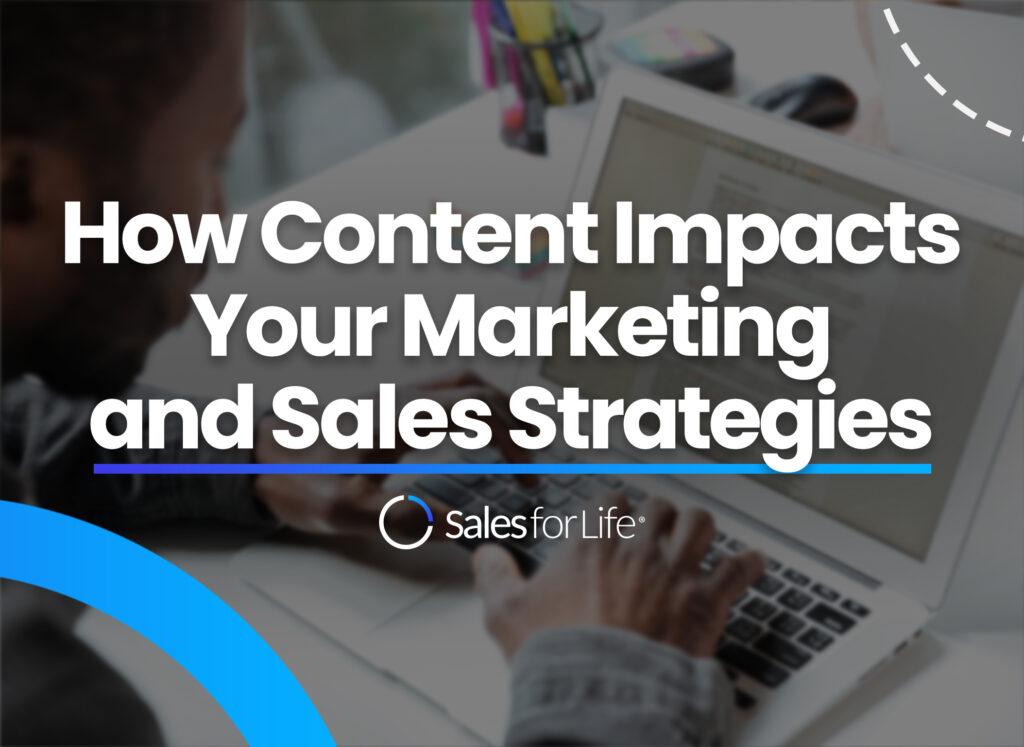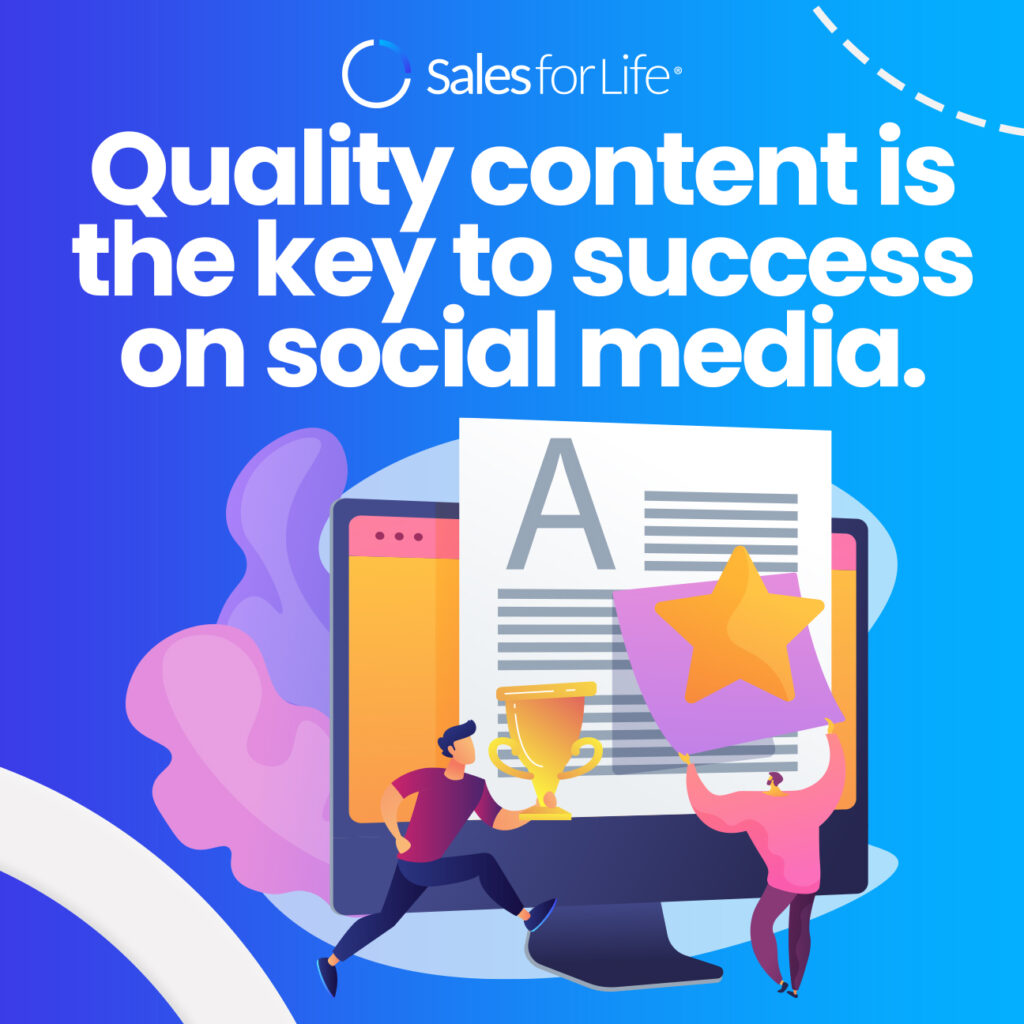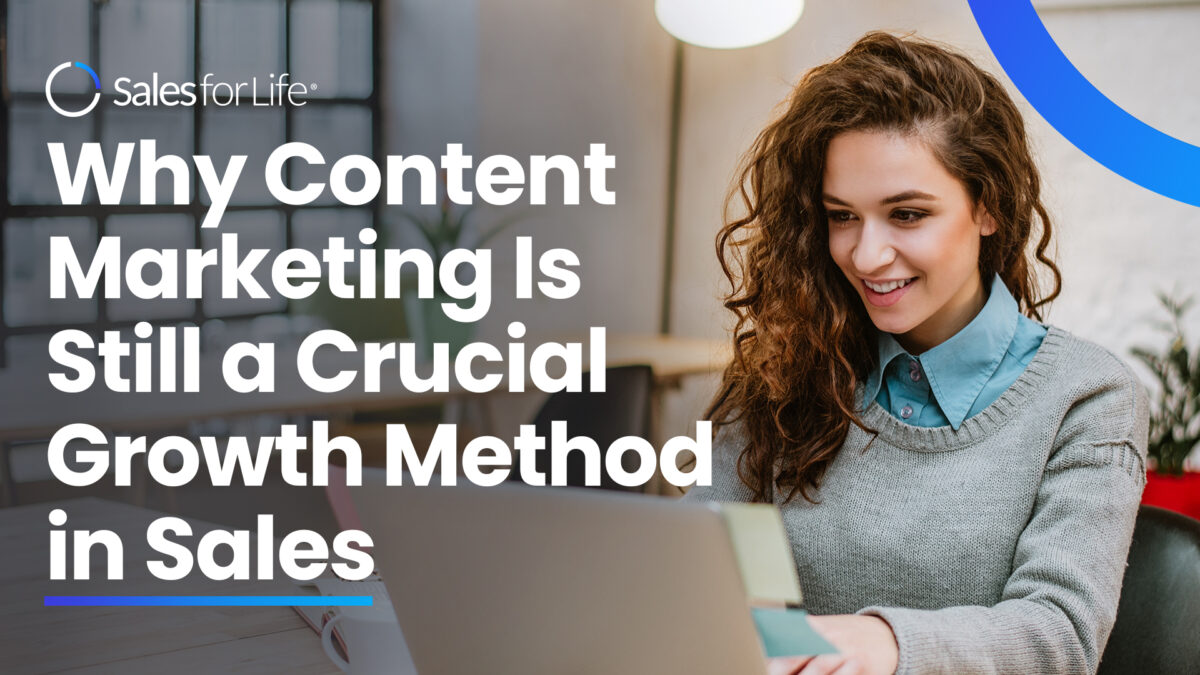Content marketing has become a staple for most companies – whether Fortune 500s or new startups. Much like the gargantuan oak tree began from a tiny acorn, content marketing is the same – so important and valuable that even the latest businesses can use it to their advantage.
Everyone is familiar with content marketing. Why? Why is content marketing powerful? What benefits can you expect? How do you do it?

How Content Impacts Your Marketing and Sales Strategies
All content is not created equal. Some of it is just plain bad.
We know this because we’ve seen it firsthand: in our content and the content we see from other businesses. And when there’s terrible content on the internet, people stop trusting your brand. They don’t want to give you their money or their time anymore.
Think about the last few articles you read. Were they short? Were they long? How did you feel about them?
Like most people, you felt the longer articles were more thorough. However, you also felt shorter articles were more concise and direct. Do you think about how much better it feels to know the author has been consistent over time? Or taking time to make sure every word was important and well-crafted?
No doubt writing quality content takes time—but it’s worth it. Because when your audience can see how much effort goes into each piece of content, they will feel much more invested in what you have to say. When they see your consistency, they’ll know they can trust this information and expect more from you in future pieces of content!
Capturing Attention
Great content can be used in many ways to grow your business. It can help build customer relationships, generate leads, and increase sales. But how do you know if your content is effective?
To keep your audience engaged, you need to understand their needs, wants, and desires. This means you need to know what they’re looking for in a product or service like yours. When you understand this, developing content that will resonate with them and help them feel connected with your brand is easy.
When creating great content, you must ensure that everything is focused on one goal: attracting new customers while retaining existing ones. The best way to do this is by creating quality content that educates them about your brand or product line without being too salesy or promotional-sounding; this will help build trust between you and your readers, so they’ll want to continue reading more from you in the future!

Social Media Traction
As a business owner, you know how difficult it can be to get noticed on Facebook and Twitter. You’ve probably tried posting funny photos, links to articles that will interest your followers and clients, or even updates about what’s going on in your personal life. But did any of those things work?
It’s time to change your approach. Instead of posting random updates that no one cares about, focus on creating quality content that will attract the people who matter most to your business: your customers!
Quality content is the key to success on social media because it allows you to connect with potential customers in a way that feels genuine and authentic—and they’ll trust you because of it. Even better?
Quality content stands out from the noise online, which means more people are likely to see it than if you were just trying to get clicks by posting clickbait titles or sharing outdated memes.
Online presence is essential because it allows people to learn more about what makes your company different from others in its industry—and why they should do business with YOU instead of someone else.
Lead Generation
When you write blog posts, infographics, and other content that is helpful to your audience and solves their problems, they will want to read it. This helps them feel they know what they’re doing regarding your products or services. They’ll be more likely to make purchases from you because they trust you and what you have to offer.
In addition to generating leads, content marketing is also an excellent way to get more views on your website. For example, when people see what kind of information you share on social media or through email newsletters, they might click over and check out more details about what you have available for sale.
This can help increase traffic on your site, which may lead them down a path towards becoming paying customers for whatever it is that you sell!
SEO
If you want people to find your site when they search for specific information or products, then it makes sense that you would like to create content that is as relevant as possible.
This doesn’t mean that every page on your website needs to provide information about every product or service you offer—but it does mean that if someone searches for something specific on Google and finds your site near the top of the results page, they’re likely going to stick around long enough to see what else you have available.
The first step in SEO is to write great content, not just old content. Next, you must focus on creating helpful stuff that interests readers and makes them want to share it with their friends.
The second step is ensuring that when people search for things related to what you write about, they find your site first. That’s where keyword research comes in: you need to learn what words or phrases people use when they search for things related to your business to optimize your site for those terms (and avoid using them yourself).



